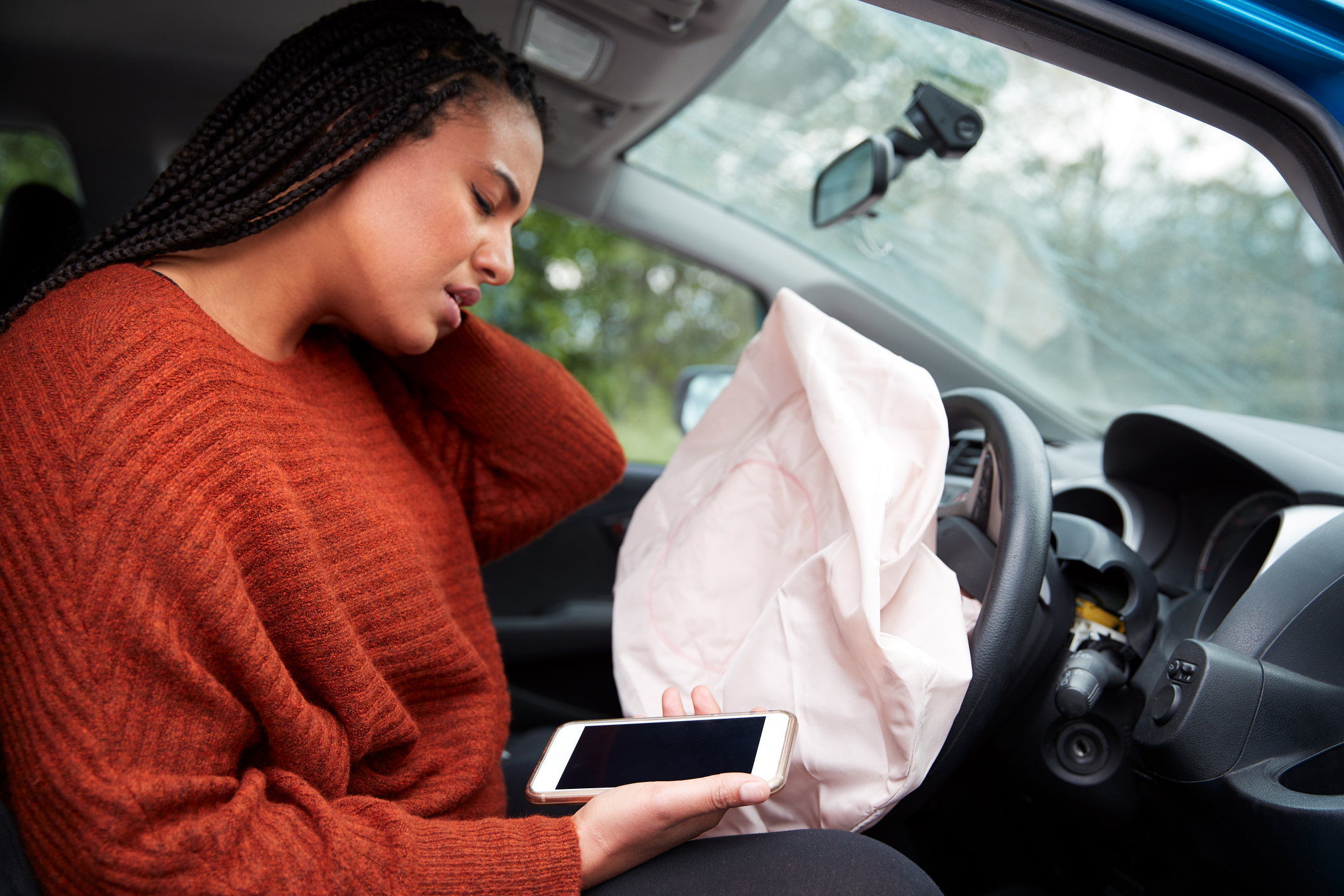
You may be contemplating whether to fly or drive for your next vacation due to the ongoing pandemic. Along with practicing safety when behind the wheel, it’s important to understand how your vehicle’s air bags work.
Vehicles can be equipped with both front and side air bags (SABs). According to the National Highway Traffic Safety Administration (NHTSA), frontal air bags have been standard equipment in all passenger cars since model year 1998 and in all SUVs, pickups and vans since model year 1999. SABs are being offered as standard or optional equipment on many new passenger vehicles.
Air bags are designed to deploy in moderate to severe crashes, to reduce the chance that a driver’s or passenger’s upper body or head will strike the vehicle's interior during a crash. The NHTSA reports that frontal air bags saved an estimated 2,790 lives in 2017.
Because air bags deploy very rapidly, serious or even fatal injuries can occur if the driver or passenger is too close to the air bag when it begins to deploy. As a result, NHTSA advises that sitting as far back as possible from the steering wheel and dashboard and wearing a seat belt helps prevent drivers and passengers from being too close to a deploying air bag. Rear-facing car seats should not be placed in front of an active air bag, and children under 13 should always ride in the back seat.
Learn how air bags work by watching a short video at https://www.nhtsa.gov/equipment/air-bags.


